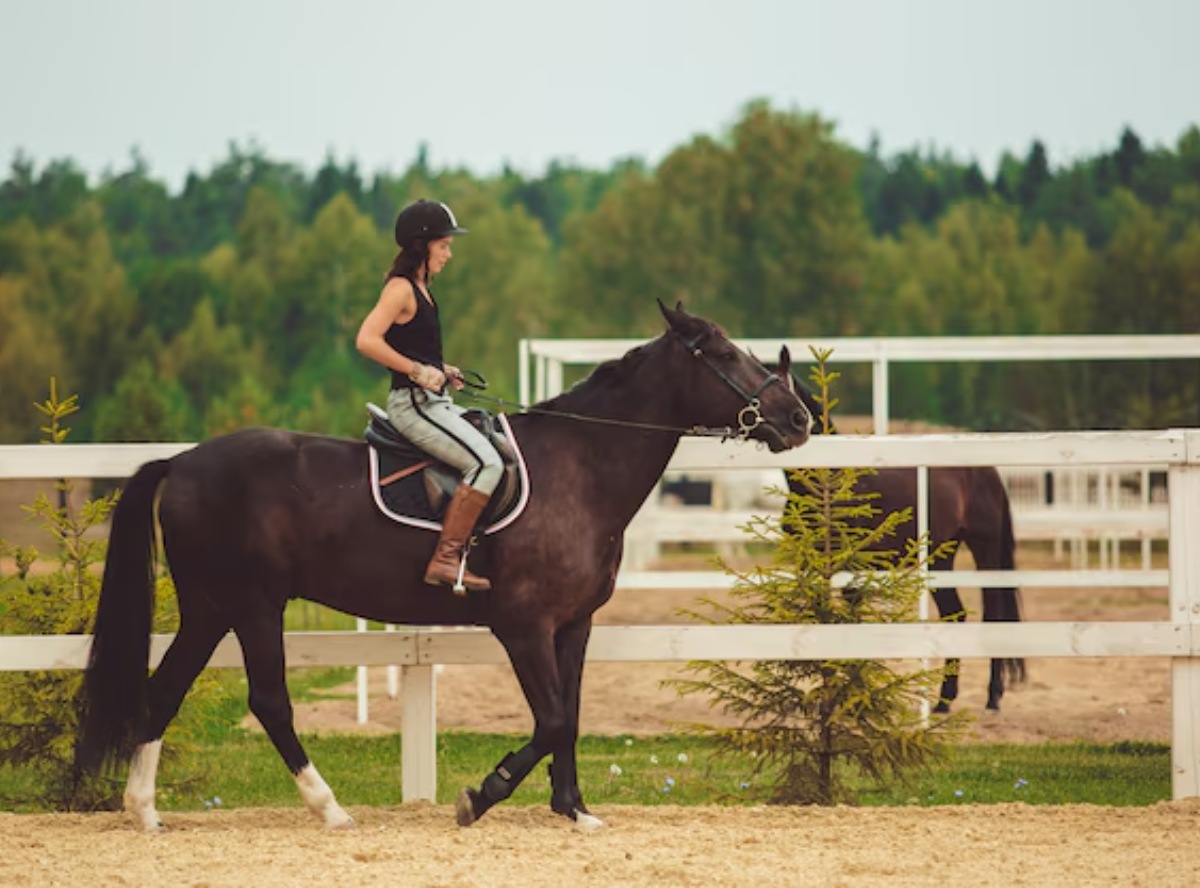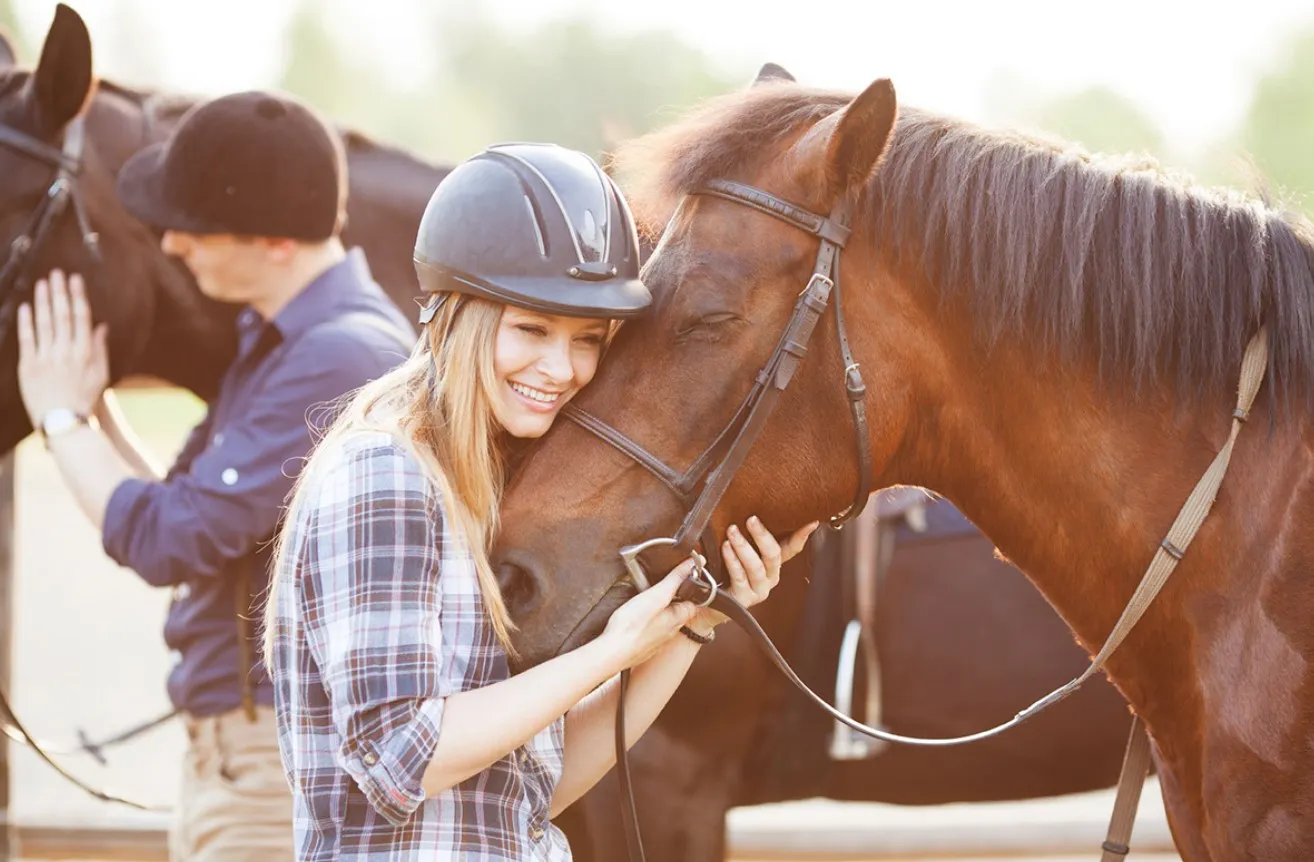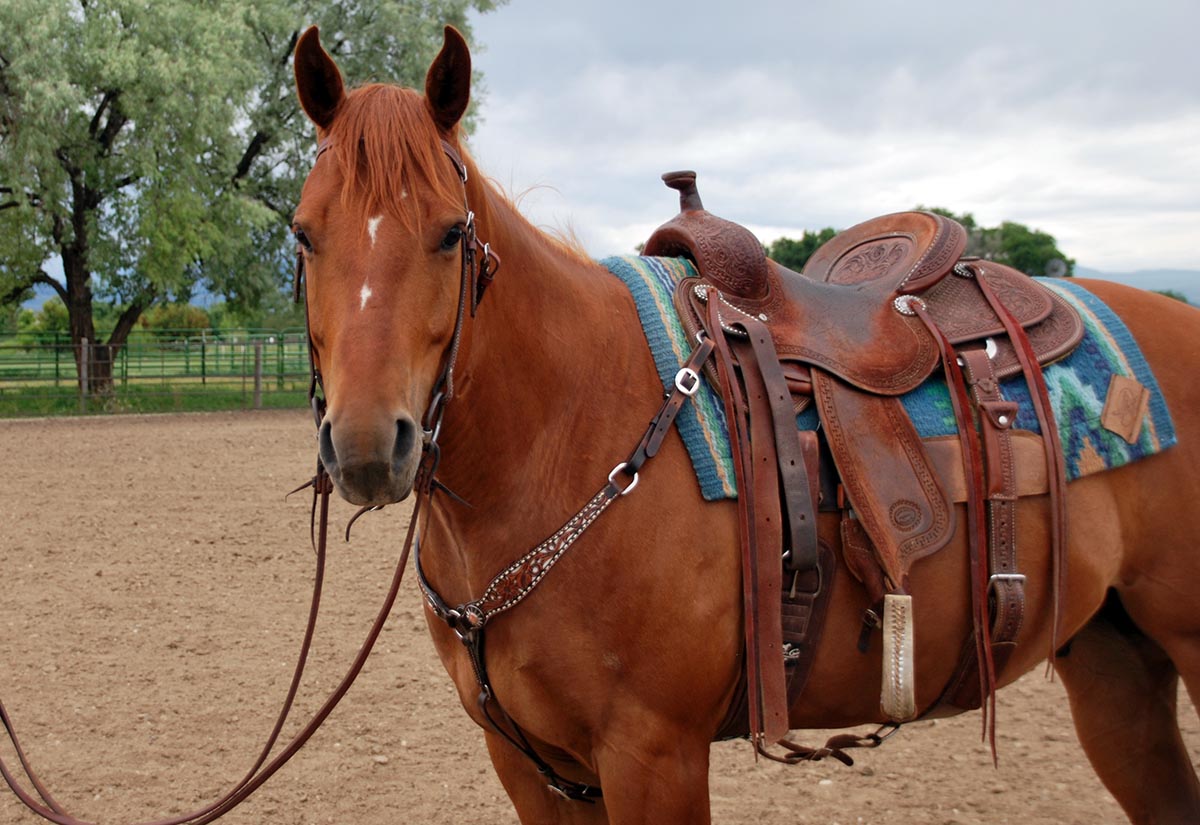Understanding horse behavior shaping is crucial for anyone involved in equine training and care. This involves guiding and modifying a horse’s actions to achieve desired outcomes, fostering a harmonious relationship between humans and horses. Let’s delve into the fascinating world of equine behavior and discover how shaping can transform our interactions with these magnificent creatures.

The Basics of Horse Behavior
Horses are naturally social animals, and their behavior is influenced by their environment, experiences, and interactions with humans and other horses. Understanding the fundamental aspects of horse behavior is essential for effective shaping.
Understanding Equine Psychology
Equine psychology plays a significant role in horse behavior shaping. Horses communicate through body language and vocalizations, and they respond to stimuli based on their past experiences and instincts. Recognizing these signals is crucial for shaping behavior effectively.
The Role of Instincts
Horses are prey animals, and their instincts drive many of their behaviors. Flight response, herd dynamics, and territoriality are some of the instinctual behaviors that need consideration during shaping.
Methods of Horse Behavior Shaping
Several techniques can be employed to shape horse behavior. The key is consistency, patience, and understanding the unique personality of each horse.
Positive Reinforcement
Positive reinforcement involves rewarding desired behaviors, which encourages the horse to repeat those actions. This method is widely recognized for its effectiveness and humane approach.
Negative Reinforcement
Negative reinforcement includes removing an unpleasant stimulus when the desired behavior is exhibited. It is crucial to apply this method carefully to avoid causing stress or fear.
Clicker Training
Clicker training is a popular technique that uses a distinct sound to mark desirable behaviors, followed by a reward. This method is effective in building strong communication between trainer and horse.
The Importance of Consistency
Consistency is vital in horse behavior shaping. Horses learn and retain information through repetition, so consistent training methods and commands help strengthen the behavioral patterns.
Setting Clear Expectations
Clear and consistent expectations are necessary for effective training. Horses thrive on routine and predictability, which helps reduce anxiety and confusion.
Regular Training Sessions
Regular training sessions are crucial for reinforcing desired behaviors. Short, frequent sessions are often more effective than lengthy, sporadic training.
Common Challenges in Horse Behavior Shaping
While shaping horse behavior can be rewarding, it also presents challenges that require patience and understanding.
Dealing with Stubbornness
Some horses may exhibit stubborn behavior, which can be challenging to shape. Understanding the root cause and employing patience and positive reinforcement can help overcome this obstacle.
Addressing Fear and Anxiety
Fear and anxiety can hinder behavior shaping efforts. Identifying triggers and gradually desensitizing the horse to these stimuli can help alleviate anxiety.
Advanced Horse Behavior Shaping Techniques
For experienced trainers, advanced techniques can further enhance the effectiveness of behavior shaping.
Target Training
Target training involves teaching the horse to touch a specific object with a part of its body. This method is useful for teaching complex tasks and improving focus.
Liberty Training
Liberty training encourages the horse to follow commands without restraints, promoting trust and communication between the horse and trainer.
Resources for Further Learning
For those interested in delving deeper into horse behavior shaping, numerous resources are available. Websites like Horse Journals and The Spruce Pets provide valuable insights and guidance.
Conclusion
Horse behavior shaping is a rewarding endeavor that strengthens the bond between humans and horses. By understanding equine psychology, employing effective techniques, and maintaining consistency, trainers can guide horses towards desired behaviors, resulting in a harmonious and fulfilling partnership.

FAQ
1. What is horse behavior shaping?
Horse behavior shaping involves guiding and modifying a horse’s actions to achieve desired outcomes, enhancing communication and cooperation between humans and horses.
2. Why is consistency important in horse training?
Consistency helps horses learn and retain information, as they thrive on routine and predictability. It reduces anxiety and confusion, making training more effective.
3. What are some advanced horse behavior shaping techniques?
Advanced techniques include target training, which teaches horses to touch specific objects, and liberty training, which promotes trust and communication without restraints.
This article contains affiliate links. We may earn a commission at no extra cost to you.






